Deck & Commander Strategies
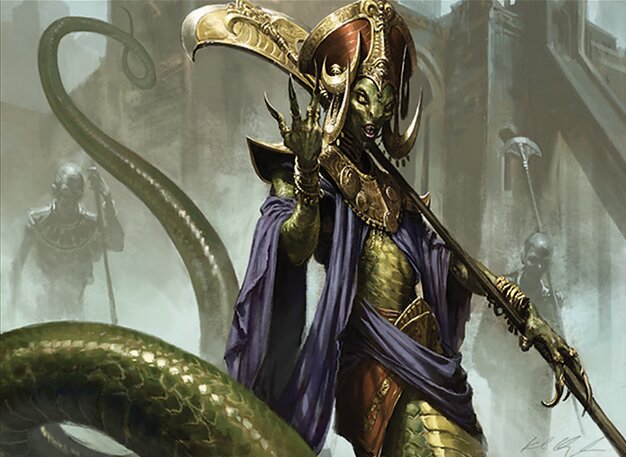
Sidisi, Brood Tyrant
Sidisi's deck focuses on self-mill to fill the graveyard with creature cards, enabling recursive value and zombie token generation to overwhelm opponents.

Muldrotha, the Gravetide
Muldrotha leverages a graveyard-centric strategy by casting lands, creatures, and enchantments from the graveyard repeatedly each turn to maintain board control and value.


Ravos, Soultender & Thrasios, Triton Hero
This partner deck uses card draw, creature control, and incremental advantage through synergistic creatures and spells, focusing on disruption and steady value generation.

Meren of Clan Nel Toth
Meren capitalizes on creatures dying and being reanimated from the graveyard by accumulating experience counters, enabling a powerful recursion engine to overwhelm opponents.
Gameplay Insights
- 1
Muldrotha's ability to cast cards from the graveyard allowed repeated sacrifice and reanimation loops, significantly impacting board state and forcing opponents to sacrifice creatures multiple times.
- 2
Sidisi's milling strategy was hindered by the lack of creatures hitting the graveyard, demonstrating the importance of synergy between self-mill and creature density in the deck.
- 3
The use of Birthing Pod and Fleshbag Marauder together created powerful sacrifice chains that kept the board clear and generated card advantage.
- 4
Mark of Eviction was repeatedly used to exile key creatures from opponents, disrupting their graveyard synergies and control plans.
- 5
Players carefully managed life totals to pay for land sacrifices and upkeep costs while maximizing their graveyard interactions and board presence.
Notable Cards
-
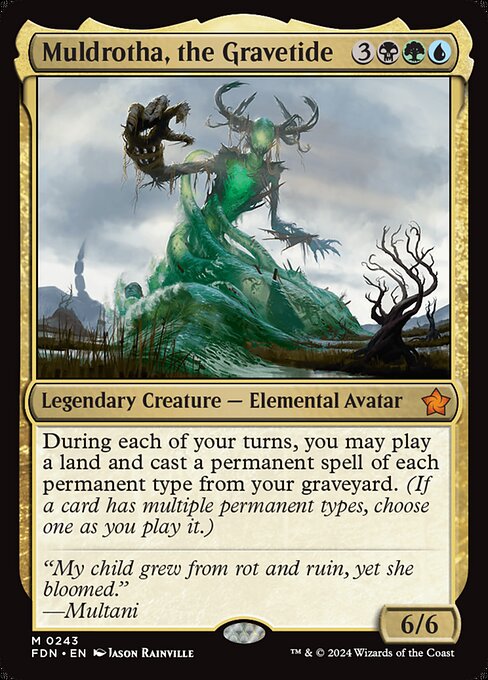
Muldrotha, the Gravetide
-

Sidisi, Brood Tyrant
-
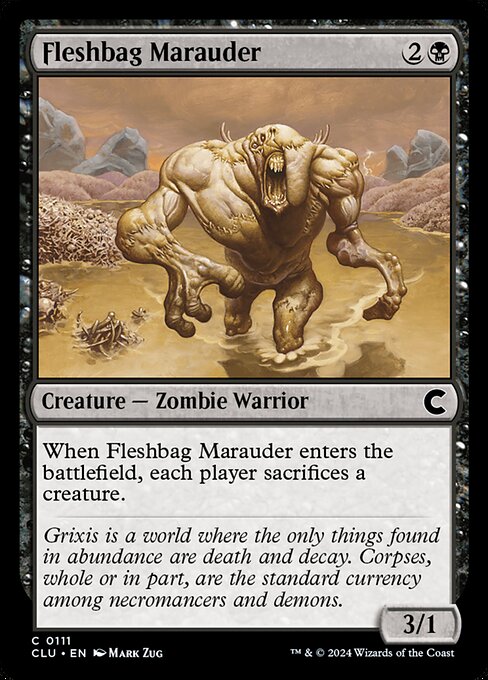
Fleshbag Marauder
-
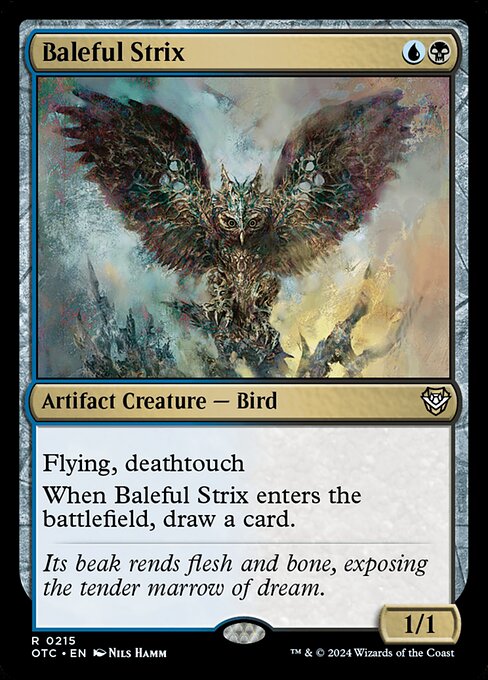
Baleful Strix
-
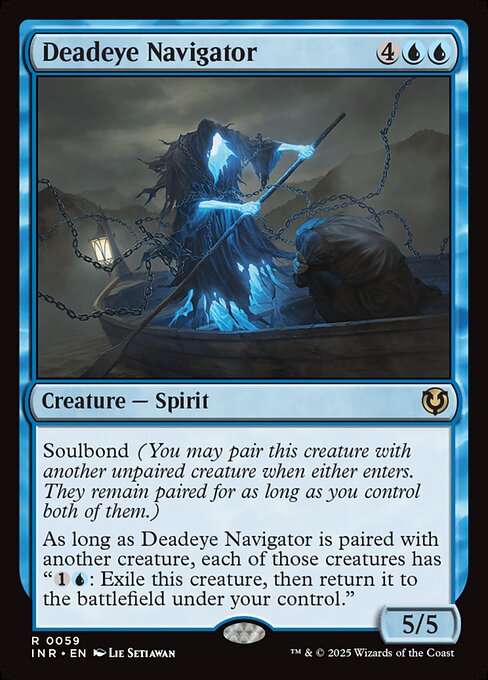
Deadeye Navigator
-

Satyr Wayfinder
-
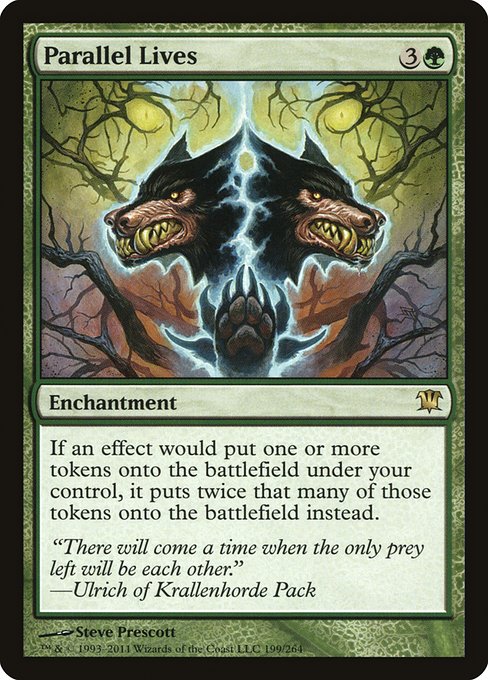
Parallel Lives
-
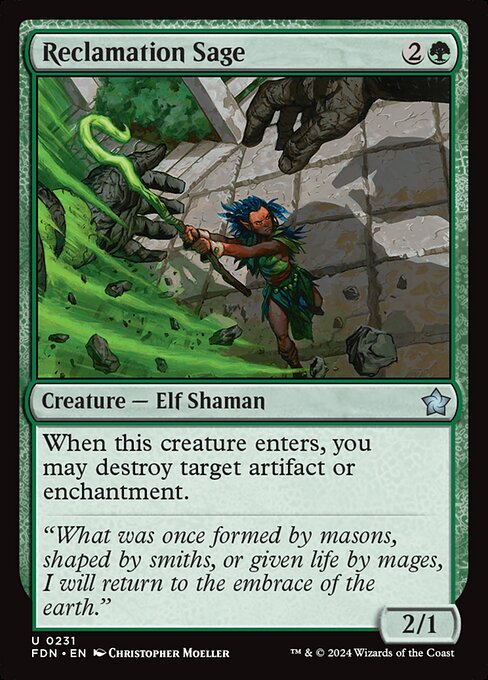
Reclamation Sage
-
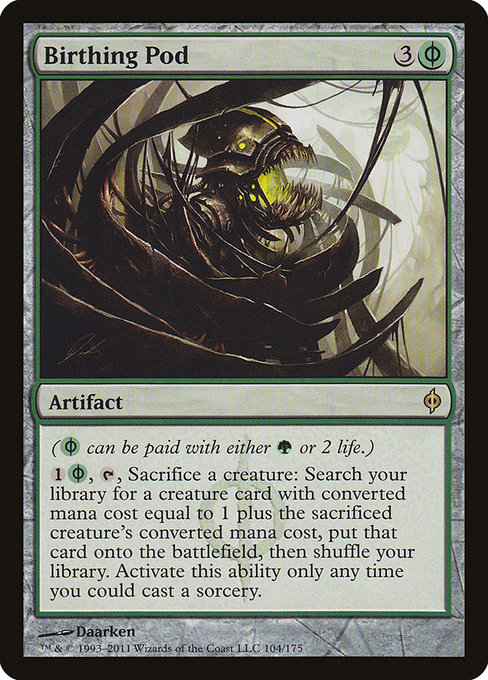
Birthing Pod
-
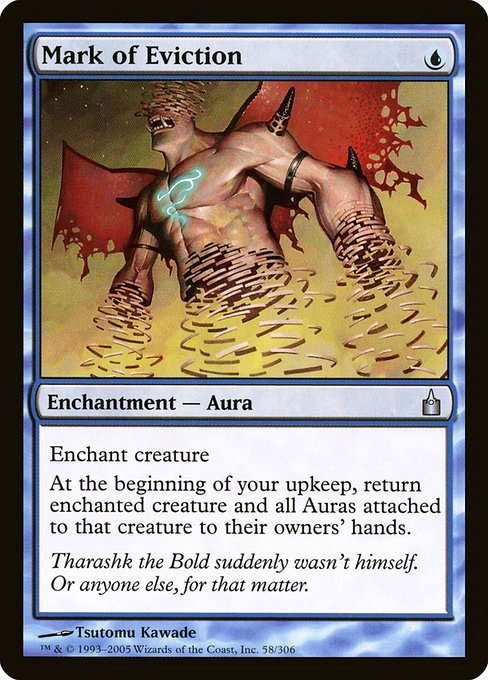
Mark of Eviction
-
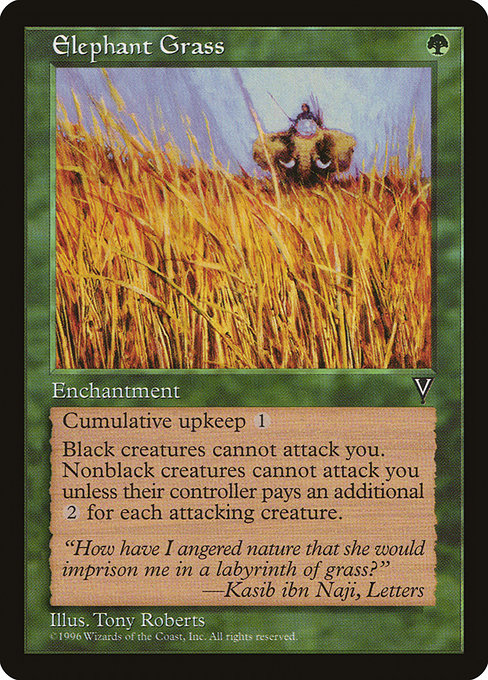
Elephant Grass
-
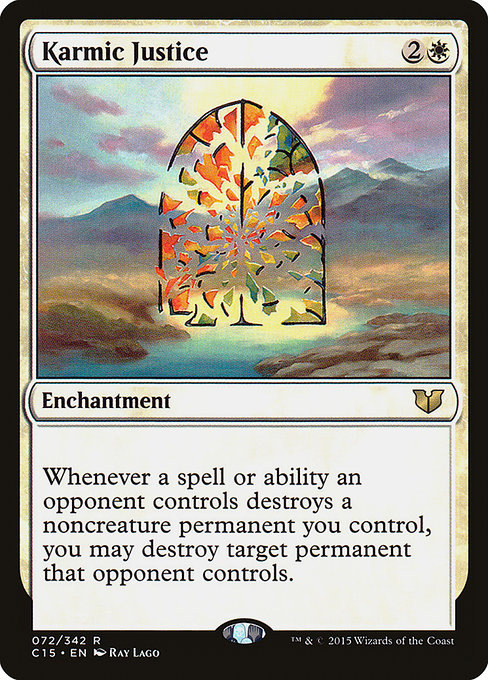
Karmic Justice
-
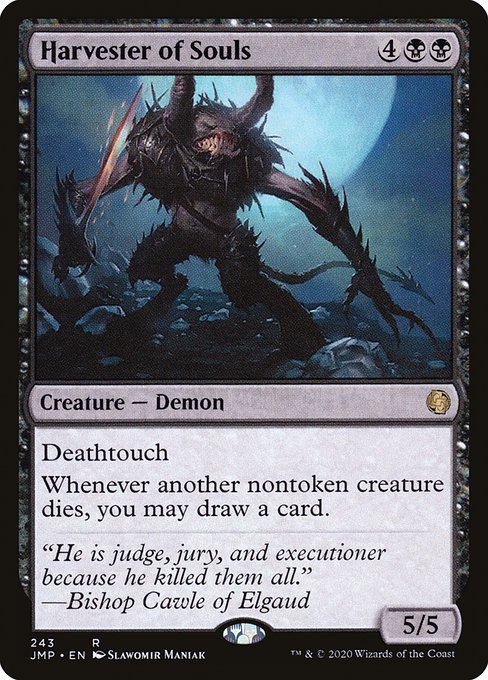
Harvester of Souls
-
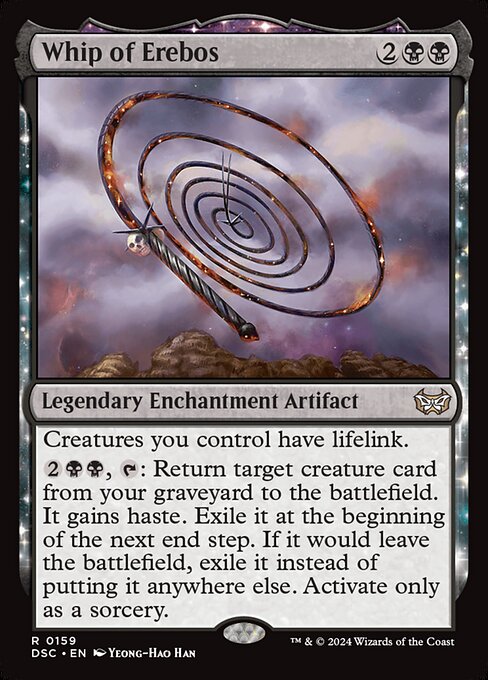
Whip of Erebos
-
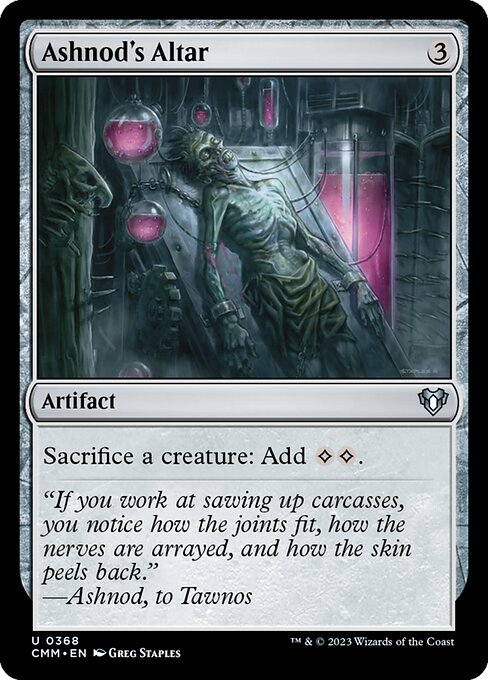
Ashnod's Altar
Gameplay Summary
The game features a dynamic multiplayer Commander match with five different decks, including two strong reanimator strategies and a four-color pillowfort build.
Early turns involve ramp and setup, with players developing their mana bases and deploying key creatures like Baleful Strix and Satyr Wayfinder to build board presence and dig for important cards.
Sidisi starts milling cards to fill graveyards but struggles to find creatures to exploit the graveyard synergies.
Meanwhile, Muldrotha leverages land recursion and reanimation, casting creatures from the graveyard such as Fleshbag Marauder and using Muldrotha's ability to maintain board control with repeated sacrifice effects.
The game sees multiple board wipes and sacrifice chains triggered by these graveyard interactions, creating a tense atmosphere where each player jockeys for board dominance and resource advantage. A key turning point is when Muldrotha successfully recasts Fleshbag Marauder repeatedly, forcing all players to sacrifice creatures and drastically impacting the board state.
Meanwhile, Ravos and Thrasios focus on steady value and disruption with cards like Reclamation Sage and Deadeye Navigator, using their synergy to control threats and generate incremental advantage.
Sidisi's milling continues but is somewhat hampered by a lack of creatures hitting the graveyard, limiting the deck's effectiveness.
The match progresses with players carefully managing life and resources, with Meren and Sidisi trying to capitalize on graveyard recursion and sacrifice triggers.
The game highlights the power of graveyard interactions and incremental advantage through sacrifice and reanimation effects, with Muldrotha emerging as a central figure in controlling the game flow and dictating the pace through repeated value plays from the graveyard.












































